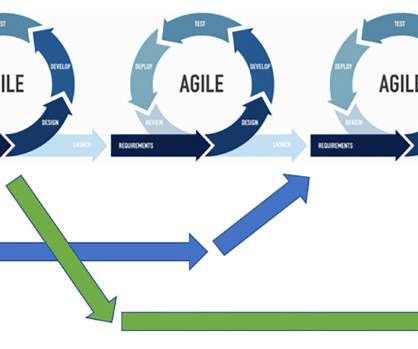Agile. Creativity. Innovation.
International Institute for Learning
JULY 7, 2022
During the last two decades there has been the emergence of a number of software development methods as a response to the inefficiency of existing software development methods in rapidly changing environments (Highsmith, 2004). We can say the Agile methods have well-interpreted the so-called Copernican Revolution in management.

















Let's personalize your content